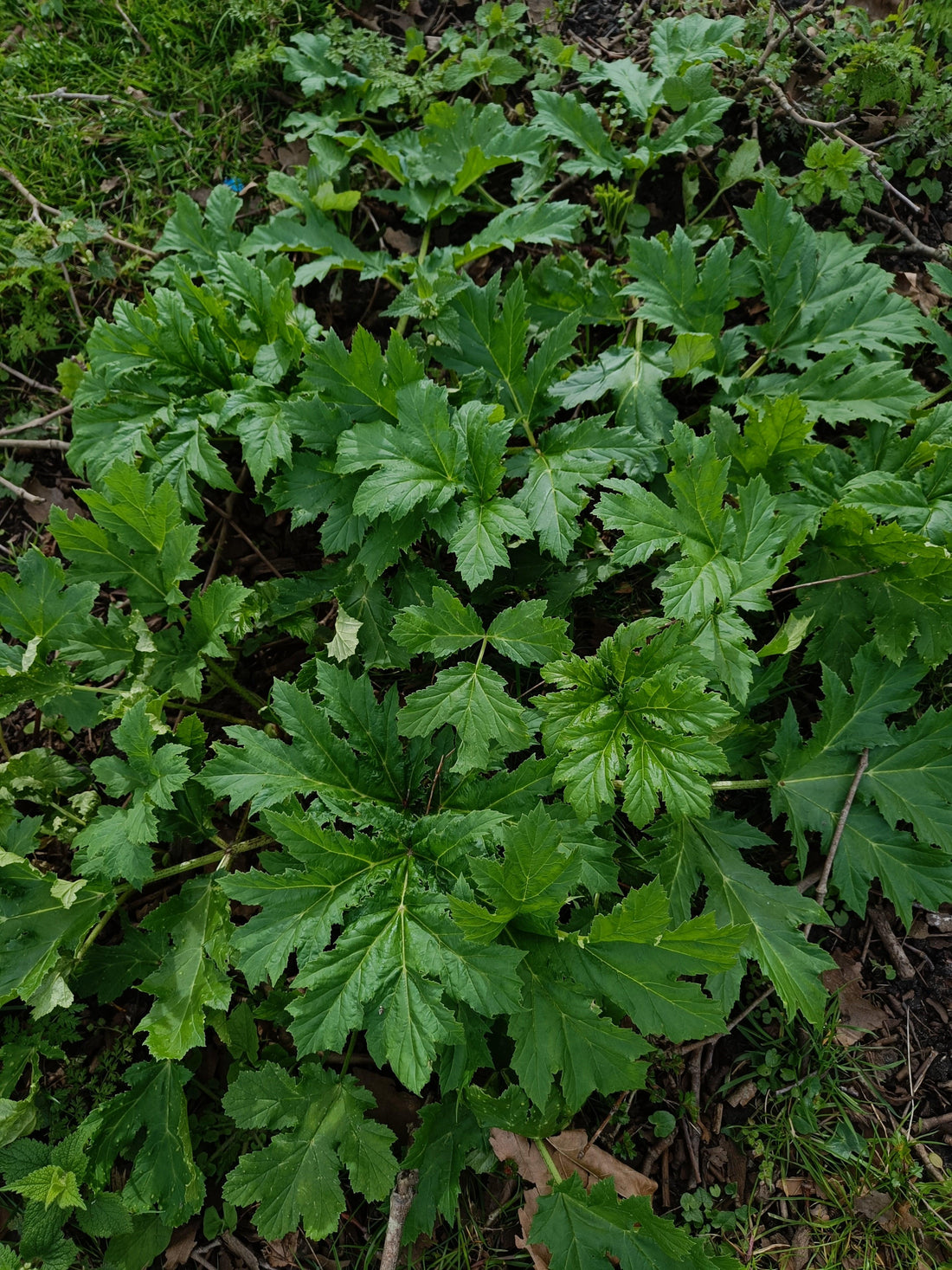
Hogweed, dangerous for dogs or not?
Simone HendriksenShare
You see them springing up left and right from the spring; the hogweed. In the thickets of parks, forests and even our own backyards, lurks an inconspicuous but potentially dangerous threat to our four-legged friends: the hogweed. While this majestic plant can make a beautiful display in nature, its effects on dogs can be devastating. It is important to be aware of the risks that bear claws pose so that we can ensure the safety of our dog!
Text continues below the image.
What is a hogweed?
The hogweed is a plant that belongs to the umbellifer family and is characterized by its impressive height and striking inflorescence. There are two types of hogweed: the giant hogweed and the common hogweed. Both types contain photoactive substances, such as furocoumarins, which can cause serious skin reactions in humans and animals when exposed to sunlight. You can recognize a hogweed by its spiny leaves and stem. A natural signal; do not touch me! Although the leaves and spines are not poisonous, they can certainly cause irritation.
Dangers for dogs
For dogs, the dangers of hogweed can be significant:
-
Skin irritation and burns: When a dog comes into contact with the sap of the hogweed and is exposed to sunlight, this can lead to severe skin irritation and even burns. The affected skin may become red, swell and in some cases even form blisters. This can cause significant discomfort and may require the dog to receive medical treatment.
-
Eye damage: In some dogs, the eyes may also be sensitive to the sap of the hogweed. If a dog gets the juice in its eyes, it can cause irritation, redness, swelling and possibly even damage to the cornea.
-
Internal problems: Although less common, dogs that ingest parts of the hogweed can also experience internal problems. This can range from mild gastrointestinal irritation to more serious complications, depending on the amount of material swallowed and the size of the dog.
Protection of dogs against hogweed
To protect our beloved dogs from the dangers of hogweed, you can take several precautions:
-
Avoid areas with hogweeds: Try to avoid areas where hogweeds grow, especially during the summer months when they are in bloom and the risk of sap exposure is greatest.
-
Keep your dog on a leash: Keep your dog on a leash when walking in areas where bear claws may grow so that you have better control over where your dog sniffs and plays.
-
Be alert for signs of exposure: Watch for signs of hogweed exposure, such as redness, swelling, or blistering on your dog's skin. If you suspect your dog has come into contact with hogweed, rinse the affected areas thoroughly with water and consult a veterinarian if necessary.
-
Keep your garden hogweed-free: If you have hogweeds in your garden, consider removing them to minimize the risk of exposure to your pet.
Conclusion
The hogweed can indeed be dangerous for our dogs! By being aware of the dangers of hogweed and taking proactive steps to protect our dogs, we can ensure that our faithful companions stay safe and healthy while enjoying their daily walks.
